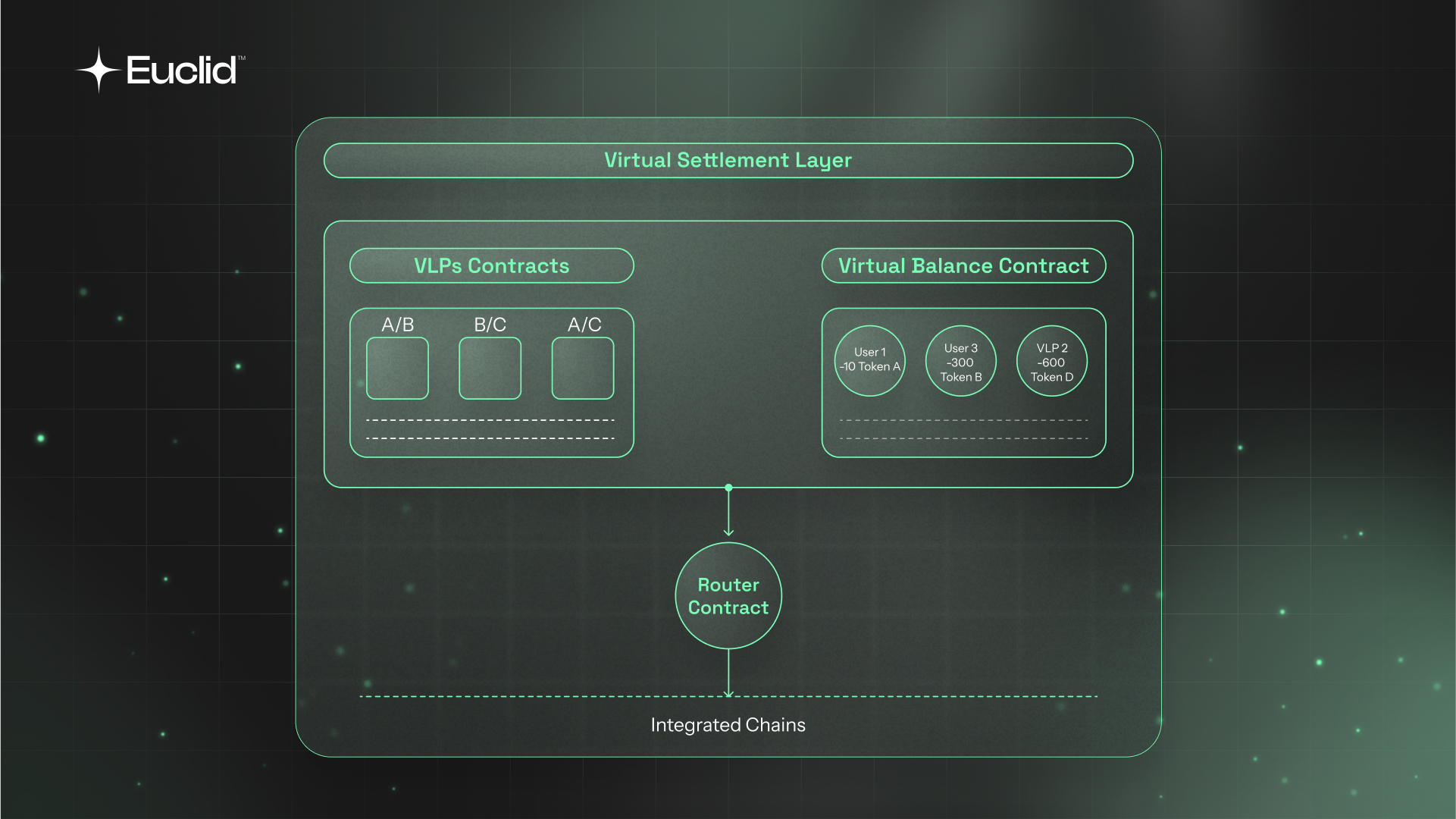VSL Components

The VSL is composed of two main parts:
- Virtual Liquidity Pools (VLP): The VSL is responsible for performing all calculations related to swaps for its token pair.
- Virtual Balances: Virtual Balance keeps track of all the balances of users and VLPs making sure nothing is ever lost.